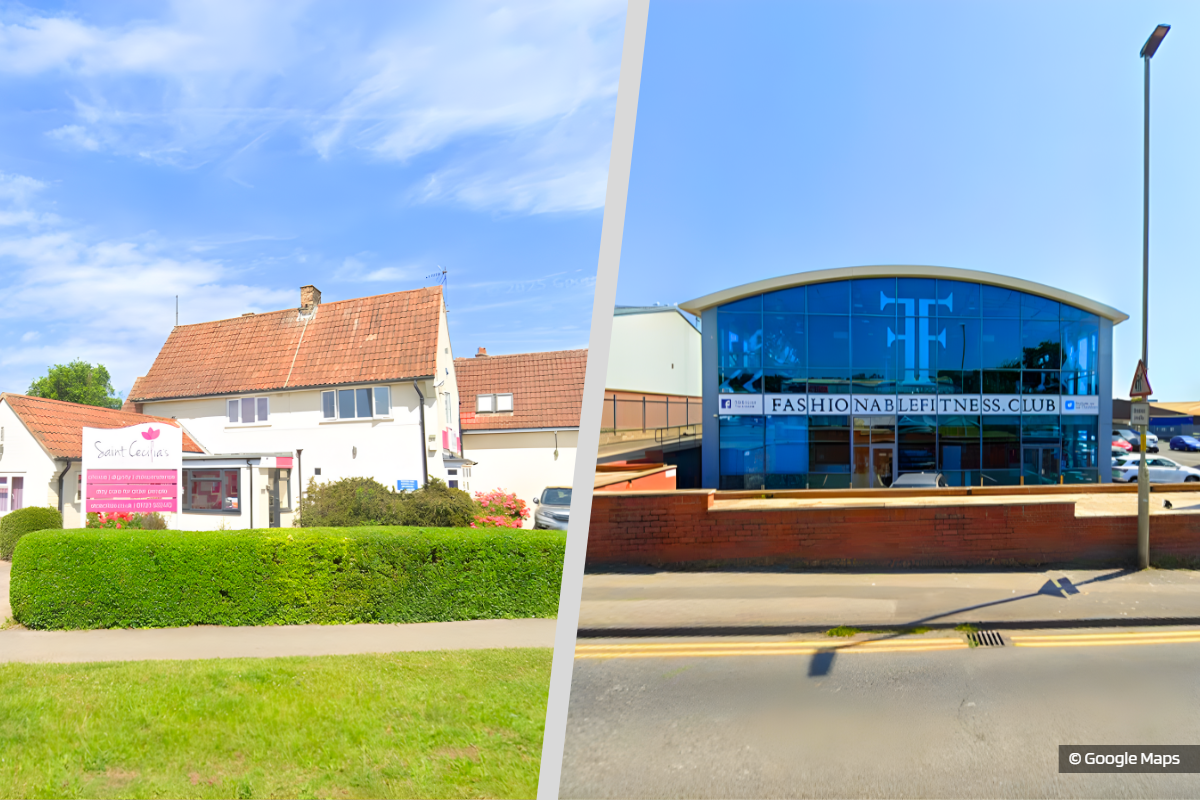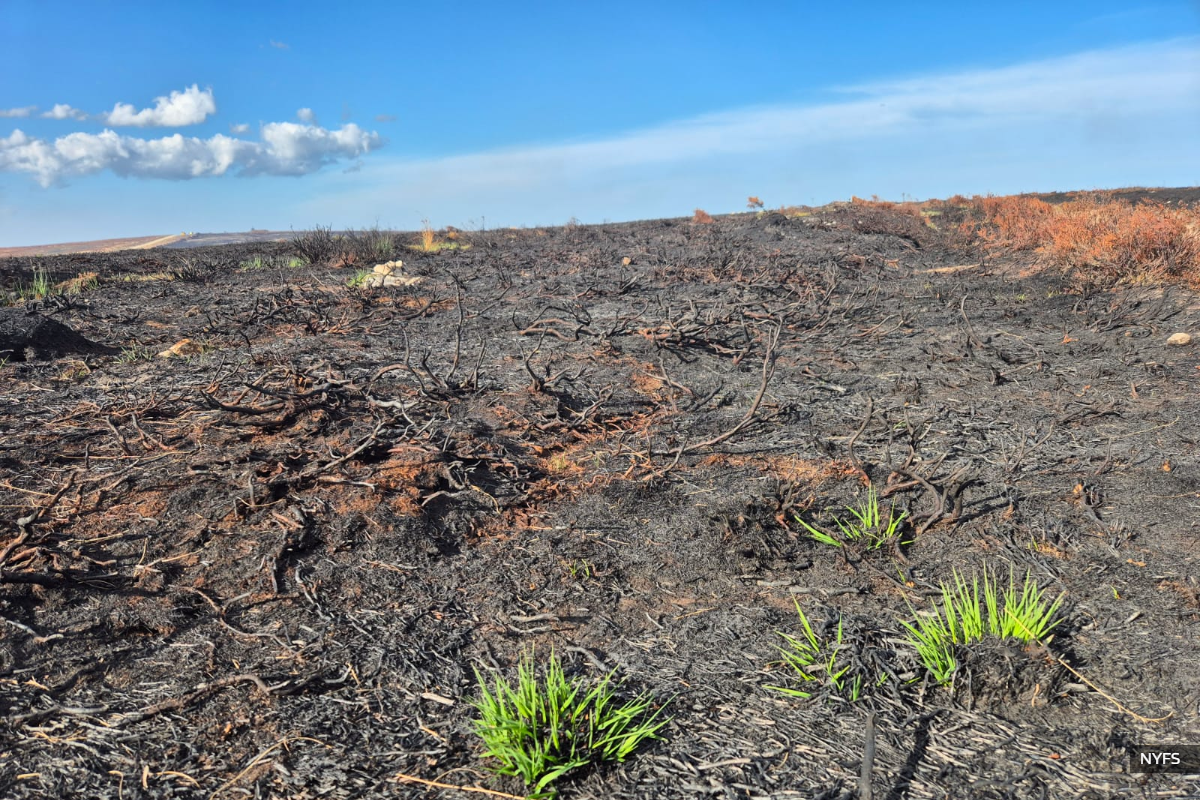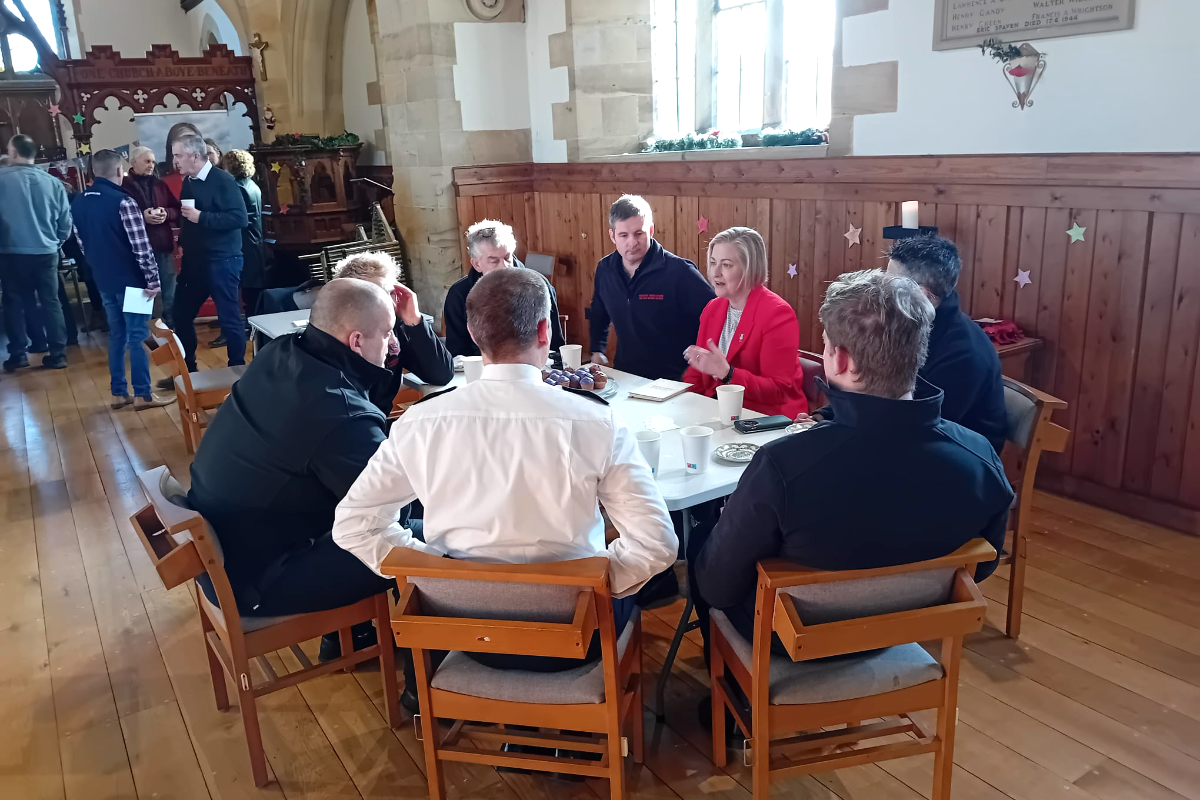
The North Yorkshire Road Safety Partnership is using a sophisticated speed management tool to address speeding concerns raised by local communities and partners.
This new "Agilysis" software is designed to provide rapid insights into vehicle speeds on local roads, marking a significant step forward from traditional, more time-consuming methods.
The Agilysis Speed Compliance Tool (SCT) offers an online dashboard that provides access to information about speed limits and average speeds across roads in Great Britain, focused on the user's local area. It analyses speed compliance, presenting pre-analysed data that is easy to view via any web browser. According to descriptions of the tool, it includes additional data such as 85th percentile speeds and modelled daily flow, making it a powerful solution for identifying locations where problematic traffic speeds may need intervention.
Chief Inspector Tom Ibbetson of North Yorkshire Police highlighted the catalyst for adopting this technology, stating,
"The tool is used where we have a concern raised to us by the community or partners through collision hotspots or a particular road safety incident would use this tool to be able to look at a specific site or road and see what's the average speed on that road, when are we seeing particular spikes in speeding and indicators of potentially risks within that location.
It takes data that's open source, publicly available data, it doesn't rely on reports.
So it's a tool that allows us to focus our activities much more .
The data's immediately accessible to us rather than engagement survey work, having to take place. "
Historically, responding to such concerns often involved deploying manual measurement tools into communities.
The data underpinning the SCT is derived from a vast collection of information: 135,000 vehicles provide GPS data tracks every tenth of a second, which is then processed to deliver average speeds for the OS Highways network layer, resulting in approximately 14 billion vehicle tracks. This raw data, when combined with speed limit information, allows users to swiftly identify non-compliance hotspots. The tool also provides six extra values for average vehicle speeds at different times of the day and week, presented on the ArcGIS Online platform.
Chief Inspector Ibbetson underscored the transformational impact of the new system,
"We now have purchased as a partnership the speed management tool called Agilysis, which supports focused activity.
So that's where members of the public can raise concerns around speeding in their local neighbourhoods, and we do get an awful a lot of concerns raised to us because it's clearly an important area for people.
So this tool is fantastic by using large data set of speeds of vehicles travelling over the road so we can quickly respond to concerns rather than having to put out manual tools into communities to try and measure the speeds being travelled.
So it allows us to engage in a much more timely manner with communities raising concerns.
Users of the Speed Compliance Tool have reported significant benefits, including better value for money when compared to the costs of commissioning physical speed surveys. It streamlines processes by allowing instant assessment of complaints and providing a quick response. The system has also been noted for its ability to handle a high volume of public submissions regarding speed concerns, a task that would be difficult to manage using traditional survey data options. Furthermore, the tool has demonstrated comparable accuracy to physical roadside surveys, with one user noting it was within 1mph accuracy for 85th percentile speeds in 70% of comparisons. This has built confidence in using the tool as a reference guide, reducing reliance on physical surveys. It is also described as a very cost-effective and easy-to-use system.
It's hoped that this shift to digital analysis removes the need for individual speed surveys or assessments of every speeding complaint from members of the public, enabling the partnership to make informed judgments on appropriate next steps in seconds.




 One Year On - The Search for Missing Scarborough Man, Les Davis, Continues
One Year On - The Search for Missing Scarborough Man, Les Davis, Continues
 Eastfield Medical Team Finds a Home Closer to Patients Following Flood Chaos
Eastfield Medical Team Finds a Home Closer to Patients Following Flood Chaos
 Whitby Heritage Lifeboat to Offer Lifeline to Disadvantaged Children
Whitby Heritage Lifeboat to Offer Lifeline to Disadvantaged Children
 Humberside Police Urge Festive Revellers to Stay Safe on Mad Friday
Humberside Police Urge Festive Revellers to Stay Safe on Mad Friday
 Expert Support for Scarborough’s Bid to be ‘Town of Culture’ and Secure £3.5m Prize
Expert Support for Scarborough’s Bid to be ‘Town of Culture’ and Secure £3.5m Prize
 Scarborough Land Train Proposal Gets Enthusiastic Support from Council
Scarborough Land Train Proposal Gets Enthusiastic Support from Council
 BT ‘Street Hubs’ Proposed for Scarborough
BT ‘Street Hubs’ Proposed for Scarborough
 Christmas Community Dinners Planned for Scarborough and Eastfield
Christmas Community Dinners Planned for Scarborough and Eastfield
 Scarborough Fire Station to be Prioritised for Major Redevelopment in New Fire Service Plan
Scarborough Fire Station to be Prioritised for Major Redevelopment in New Fire Service Plan
 Scarborough and Whitby Fake Dolls Seizure Prompts Safety Warning as Christmas Nears
Scarborough and Whitby Fake Dolls Seizure Prompts Safety Warning as Christmas Nears
 Filey MP Expresses Disappointment at Lack of Wildfire Support for Farmers
Filey MP Expresses Disappointment at Lack of Wildfire Support for Farmers
 Scarborough and Whitby MP Thanks Moorland Wildfire Heroes
Scarborough and Whitby MP Thanks Moorland Wildfire Heroes









Comments
Add a comment